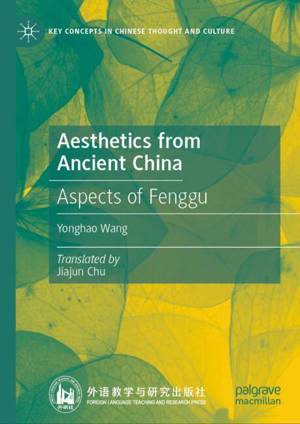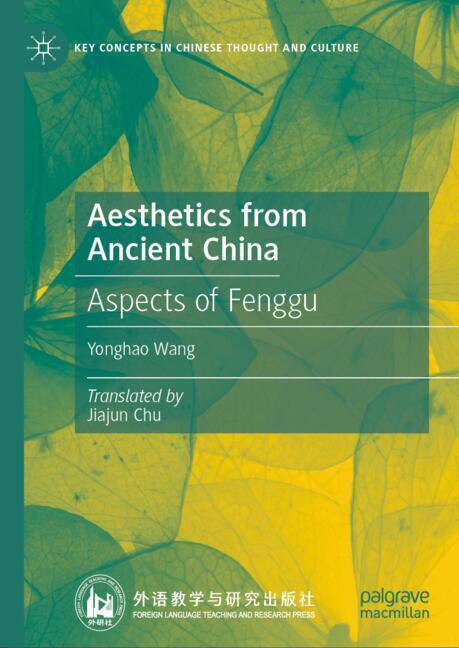
- Retrait gratuit dans votre magasin Club
- 7.000.000 titres dans notre catalogue
- Payer en toute sécurité
- Toujours un magasin près de chez vous
- Retrait gratuit dans votre magasin Club
- 7.000.000 titres dans notre catalogue
- Payer en toute sécurité
- Toujours un magasin près de chez vous
Description
This book presents the concept of Fenggu, one of the most important aesthetic categories of ancient China. As an inspiring aesthetic principle, it once encapsulated the particularities of various types of artistic creation and played an important role in traditional artistic creation and theoretic critique. The present volume aims to systematically elaborate on its etymological origin, connotations and generation, its great role in overcoming the tendency of creative stereotypes, its logical positioning in the ancient aesthetic system and its profound connection with traditional culture, via comprehensive analysis of a rich repository of original materials, in combination with calligraphy, painting, and poetry criticism. The theoretical character of traditional aesthetics has been derived from agglomeration of Fenggu with other several important categories of paradigm significance. Therefore, its investigation can offer insights into the organic rhythm of the development of ancient aesthetic thought and consequently lay a solid foundation for the construction of ancient art history and aesthetic history.
Spécifications
Parties prenantes
- Auteur(s) :
- Editeur:
Contenu
- Nombre de pages :
- 224
- Langue:
- Anglais
- Collection :
Caractéristiques
- EAN:
- 9789819724000
- Date de parution :
- 06-07-24
- Format:
- Livre relié
- Format numérique:
- Genaaid
- Dimensions :
- 157 mm x 212 mm
- Poids :
- 421 g







